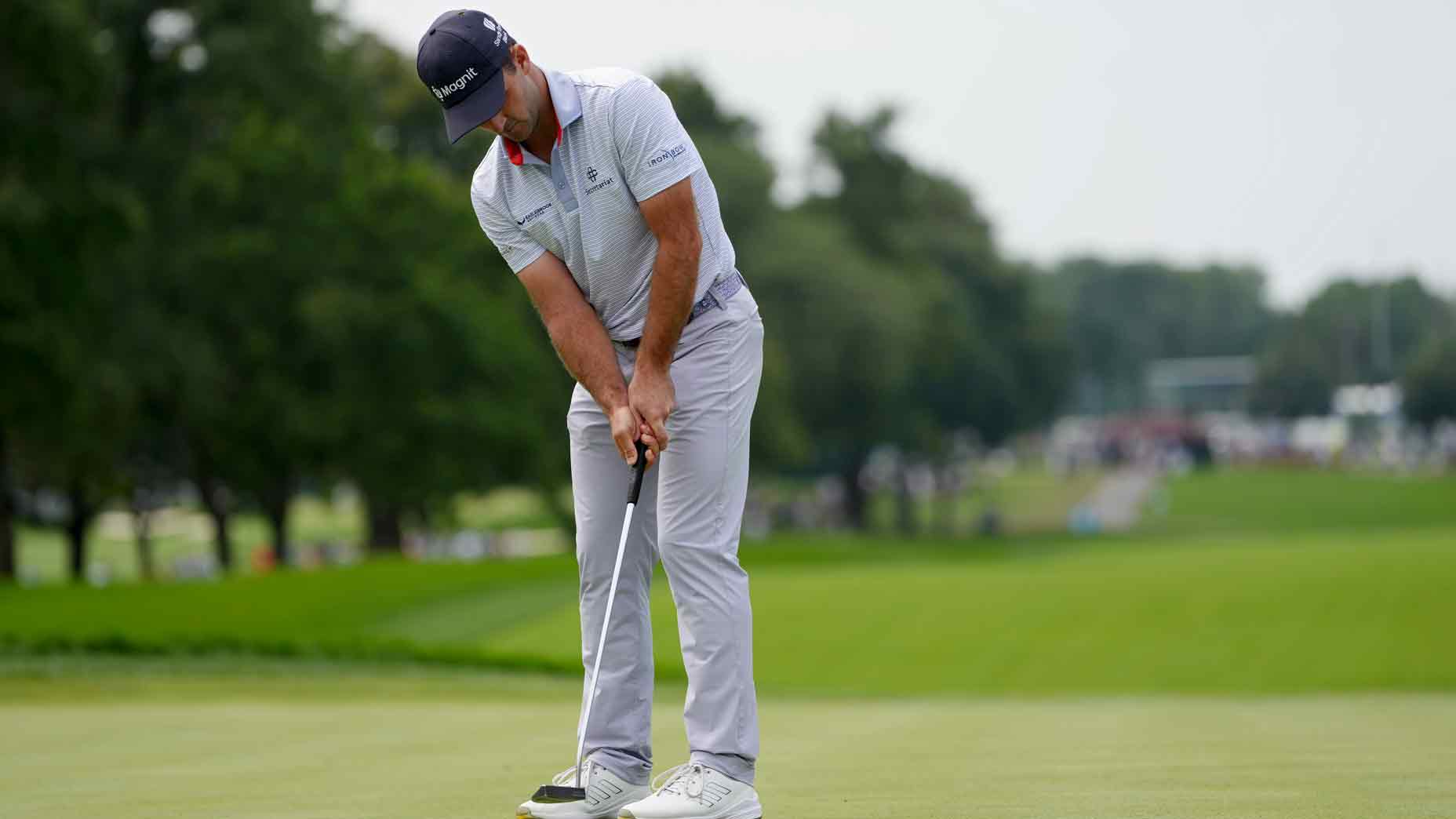
PACIFIC PALISADES, Calif. – Rory McIlroy on Saturday laid out his vision for what a global tour could look like.
Even if he admitted it’s still “pie-in-the-sky stuff” at this stage, it’s clear that McIlroy has given plenty of consideration to how a unified golf world could – and perhaps should – operate.
“I don’t think we need to blow everything up,” he said after his third round of the Genesis Invitational. “But there definitely needs to be some tweaks, I think.”
So let’s go through some of his ideas:
WHO WOULD BE INVOLVED?
The very best players in the world – and only them.
“I think you would just create a tour for the top 80 players in the world,” he said.
Most, presumably, would come from the PGA Tour. But the top performers from the other tours would have a seat at the table, too.
The goal, in McIlroy’s mind, is to create an aspirational circuit – the best of the best.
WHAT HAPPENS TO THE OTHER GUYS?
“Everything sort of feeds up into that one,” he said of this would-be global circuit.
McIlroy compared it to the model for soccer’s Champions League, the preeminent top division for the European clubs.
“It sort of sits above the rest of the leagues, and then all those leagues feed up into that and the best of the best play against each other,” he said.
WHERE WOULD THEY PLAY?
In McIlroy’s world, this global circuit would tick all of the boxes:
- Southern hemisphere (Australia, South Africa);
- Far East (Korea, Japan, China);
- Middle East (Dubai, Abu Dhabi, Saudi Arabia).
In theory, the tour would travel from east to west, bringing the circuit back to the U.S. in time for the traditional spring run-up to the Masters.
“I don’t think it would look too dissimilar to what it is right now,” McIlroy said. “But maybe the front end of the year, and the back end of the year, look a little different.”
HOW MANY EVENTS WOULD THERE BE?
McIlroy approximated 24 tournaments.
That builds in enough time off for the elite players while also maintaining a robust enough schedule to keep a competitive flow.
At least half of the events would still need to be in the States – it’s the biggest market and the home base for many of the top players.
WOULD OTHERS GO FOR IT – NAMELY, THE TOP YOUNG AMERICAN PLAYERS?
“I think there’s more of an appetite than there used to be,” McIlroy said.
As an example, he pointed to Max Homa and Justin Thomas venturing to South Africa last November for its national open, with both players raving about their experience there.
Each year, several other top players collect appearance fees to play in other parts of the world, too.
Still, those are largely one-off events built into a soft part of a player’s competitive schedule. If international events suddenly occupy nearly half of the schedule, it’d represent a significant change.
“You have to make it work for everyone,” McIlroy said, “but I think, for the most part, it has to work for fans and sponsors and media. Then, if you can have it work for them, and you create a product that’s really good for the fan, then, honestly, I think you just have to convince the players to buy into it, because that’s what’s going to be the best for them, especially if you’re going to be an owner of that tour.”
DOES THIS ACTUALLY HAVE A CHANCE TO HAPPEN?
That’s the great unknown.
The Tour just inked a deal with Strategic Sports Group that would inject up to $3 billion in the Tour’s new for-profit entity, PGA Tour Enterprises. The Tour’s new partners will be looking to maximize profitability; this global circuit taps into new sponsors, markets and fan bases.
Still to be hashed out is the Tour’s negotiations with the Saudi Public Investment Fund, which is the financial backer of LIV Golf. If they can come to an agreement, it’d go a long way toward repairing a fractured landscape. If they can’t, it seems unlikely that the best players in the world, regardless of tour affiliation, will be together outside of the majors.
McIlroy clearly has a vision for the future, and he isn’t afraid to share it – but he’s no longer in a position to directly affect change. Late last year he resigned from his position on the Tour policy board.
When asked if this plan has gone past the ideation stage, he said: “I think so, but everyone’s got their own interests in this game, and that’s what happens when you’ve got quite a fractured landscape at this point. So trying to align everyone’s interests and trying to convince everyone that this is the right thing to do for the game of golf as a whole. And if you can convince everyone of that, then it would be pretty simple.
“But right now, it’s just trying to get everyone singing off the same hymn sheet.”







